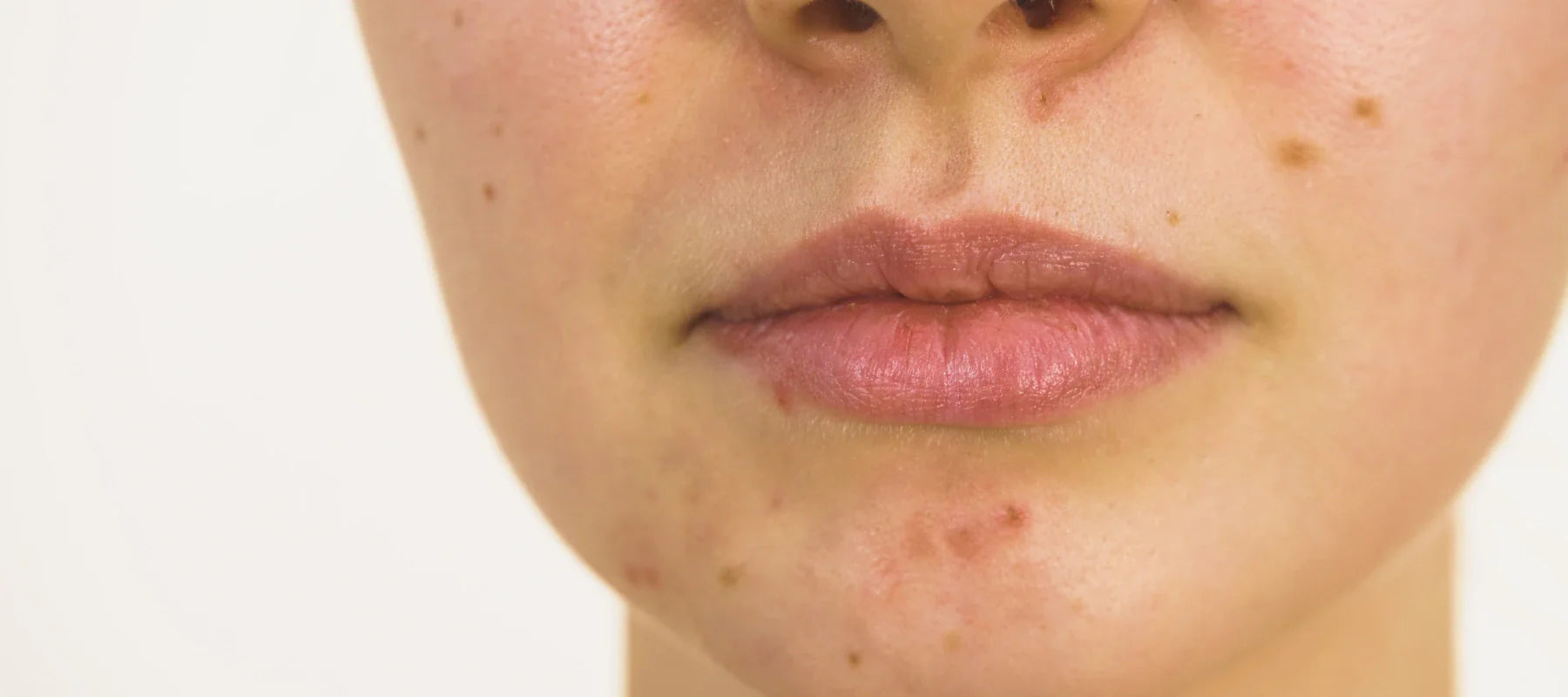
Dry skin pimples: Causes, symptoms, and effective treatment options
Introduction to dry pimples
Various OTC medications and diligent skin care techniques may help people treat dry skin acne. However, they may only require stronger prescription medicines in more severe situations. Dry skin pimples are prevalent skin disorders that many people face.
Acne and dry skin can coexist in certain individuals. Although dry skin may aggravate acne, it can also indicate an underlying medical disease like dermatitis. This article covers the reasons, symptoms and remedies for dry skin breakouts. So, let’s start.
Understanding the causes of dry skin pimples
Numerous hair follicles can be found in the skin. Dry pimples form when these follicles face obstruction. Tiny glands close to the skin's surface produce sebum, an oil that keeps skin from drying out. Sebum overproduction can clog hair follicles. Moreover, dead skin cells and other dirt accumulate, too.
Lump formation in the skin occurs when hair follicles get clogged. Whiteheads or blackheads could be these. Further accumulation of bacteria can exacerbate symptoms.
Skin that is deficient in moisture turns scaly and dry. The glands under the skin may create extra sebum to combat the dryness. A build-up of dead skin cells and excess sebum can bring on acne. Dry face and pimples can coexist in this way.
Identifying the symptoms of dry skin breakouts
Your skin will develop pink or reddish pimples when you have acne. These eruptions are very apparent. However, to recognise dry skin, pay particular attention to the following typical symptoms:
- Dry, rough, and lifeless skin
- Skin becoming less elastic naturally
- More observable lines
- Rough texture and flakes
- Skin fissures
- Recurring skin infections
- Red patches on irritated skin
Also read: Perfect Skin Care Routine for Dry Skin
Effective treatment options for dry pimples
Here’s how to remove pimples for dry skin in two ways:
Topical Treatments
Having a skincare regimen heavy on moisture is crucial. Use a gentle, non-foaming cleanser moisturising for your face and body. Don't use any products that could irritate your skin, including scrubs. Moisturiser is essential for finishing off your skincare regimen.
This helps to retain the moisture in your skin and lessens dryness when used right after washing. Look for a ceramide-containing, non-comedogenic moisturiser. For less possibility of dryness, apply your moisturiser before taking any acne treatment, and do so a minimum of twice a day.
An amazing moisturiser that will definitely give you the best results, especially when you have dry skin, is the Pink Foundry’s Waterlight Gel Moisturiser 72 Hour Hydration 50 ml.
Note: When establishing a new regimen, introduce items one at a time. This may be particularly crucial if you have sensitive, dry skin. Applying excessive new products at once can cause undesirable flaking, irritation, or redness on your skin.
Professional treatments
Spot treatment using topical medication can help treat pimples on dry skin. Benzoyl peroxide or salicylic acid are two strong, active chemicals in a focused treatment that might help lessen discomfort.
A study compares the effects of 2.5%, 5%, and 10% benzoyl peroxide gel on acne. According to study results, a 2.5% concentration can reduce acne lesions more effectively than 5% and 10% without causing noticeable redness, peeling, or irritation.
Moreover, hyaluronic acid and calming niacinamide are two moisturising chemicals that work better in solutions to relieve dry skin and lessen acne symptoms.
How to speed up the drying process of a pimple?
Here are a few ways to speed up healing dry pimples on the face:
- Morning, evening, and post-workout — wash your face with a mild cleanser for acne.
- Do not clean or exfoliate your skin excessively. In addition to possibly worsening dryness and acne, this can damage the skin's protective layer.
- Avoid astringents with a strong alcohol content or toners with an alcohol base, as they can dehydrate the skin.
- The term "non-comedogenic" should be on your moisturisers. This indicates the product won't prevent acne from breaking out or clogging your pores.
Do’s and don'ts for dealing with dry pimples
Do’s
- Searching for goods that are labelled as "non-comedogenic."
- Removing all makeup before going to bed.
- Use a towel to dab at perspiration rather than rubbing it off.
- Use a mild cleanser on the face as opposed to massaging the skin.
- Putting on a moisturiser right after washing assists the skin in maintaining moisture.
- Hold moisture in the air by utilising a humidifier.
Don’ts
- Steer clear of cosmetics and other skin care items that include substances that can cause skin irritation.
- Avoid making frequent changes to your acne treatment regimen. Allow enough time for the effects to appear and for it to begin operating.
- Avoid touching or picking at your acne. It can worsen your acne.
- Avoid giving your face too many washes. So, that could irritate the skin even more by drying it out.
Conclusion
Your acne might not be caused by dry skin. However, that could be the cause of your slightly larger-than-perceived possessions. You may retaliate by choosing the appropriate skincare regimen and everyday routine. The best defence against dry skin and acne is good skin care.
Also read: Unveiling the Truth about Dry Skin Acne: Myths vs Facts
FAQs
• Do pimple-like lumps arise from dry skin?
You may get a rash on your skin if you have really dry skin. Small, pimple-like lumps may be present on the rash.
• Which acne medication is ideal for dry skin types?
Acne can be controlled with a mild acne cleanser or other product containing salicylic acid or niacinamide.
• When should one go to a dermatologist?
A person should consult a dermatologist if dry skin and acne cannot be effectively treated with over-the-counter medicines and home treatments.





















































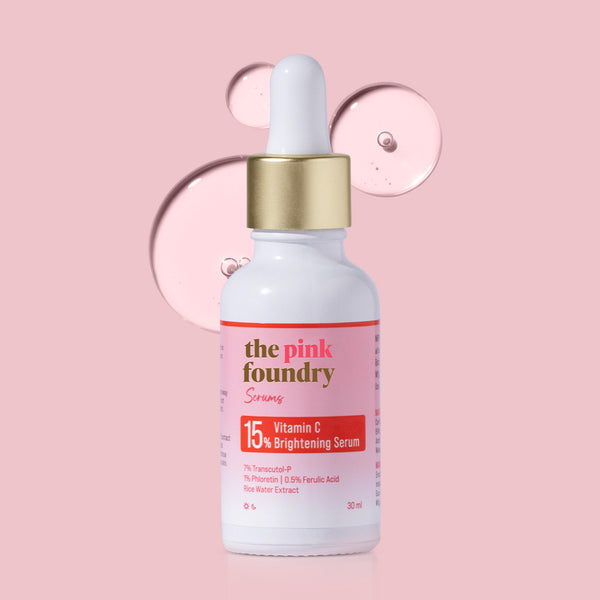
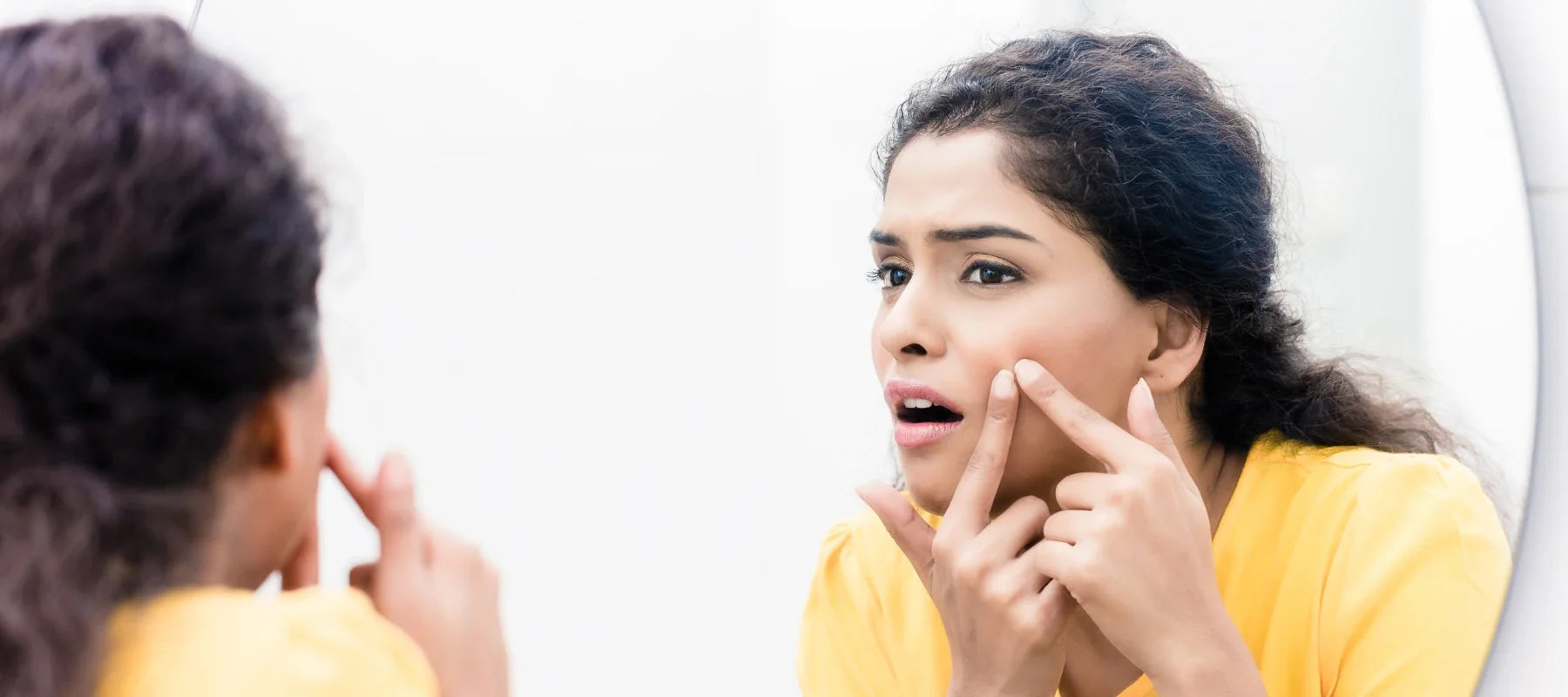
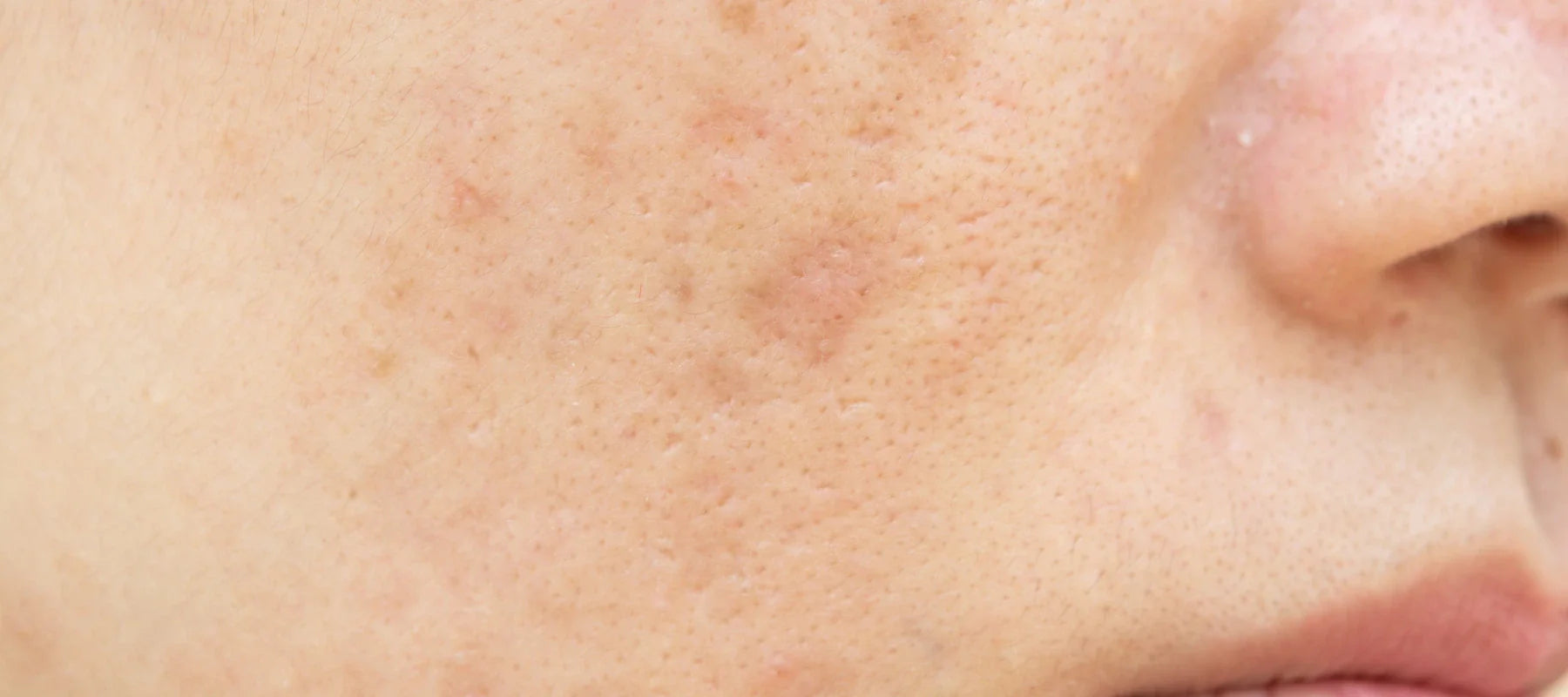

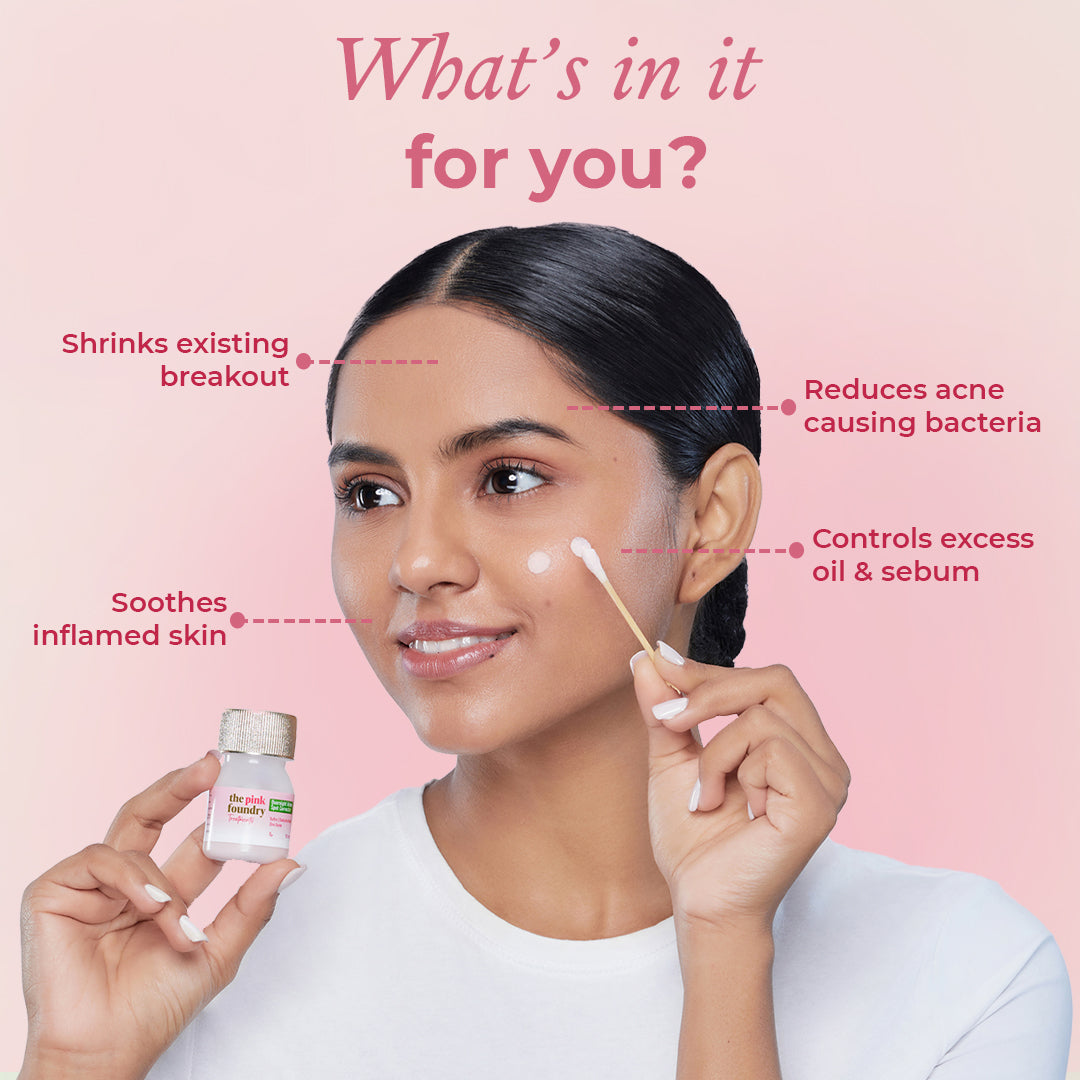
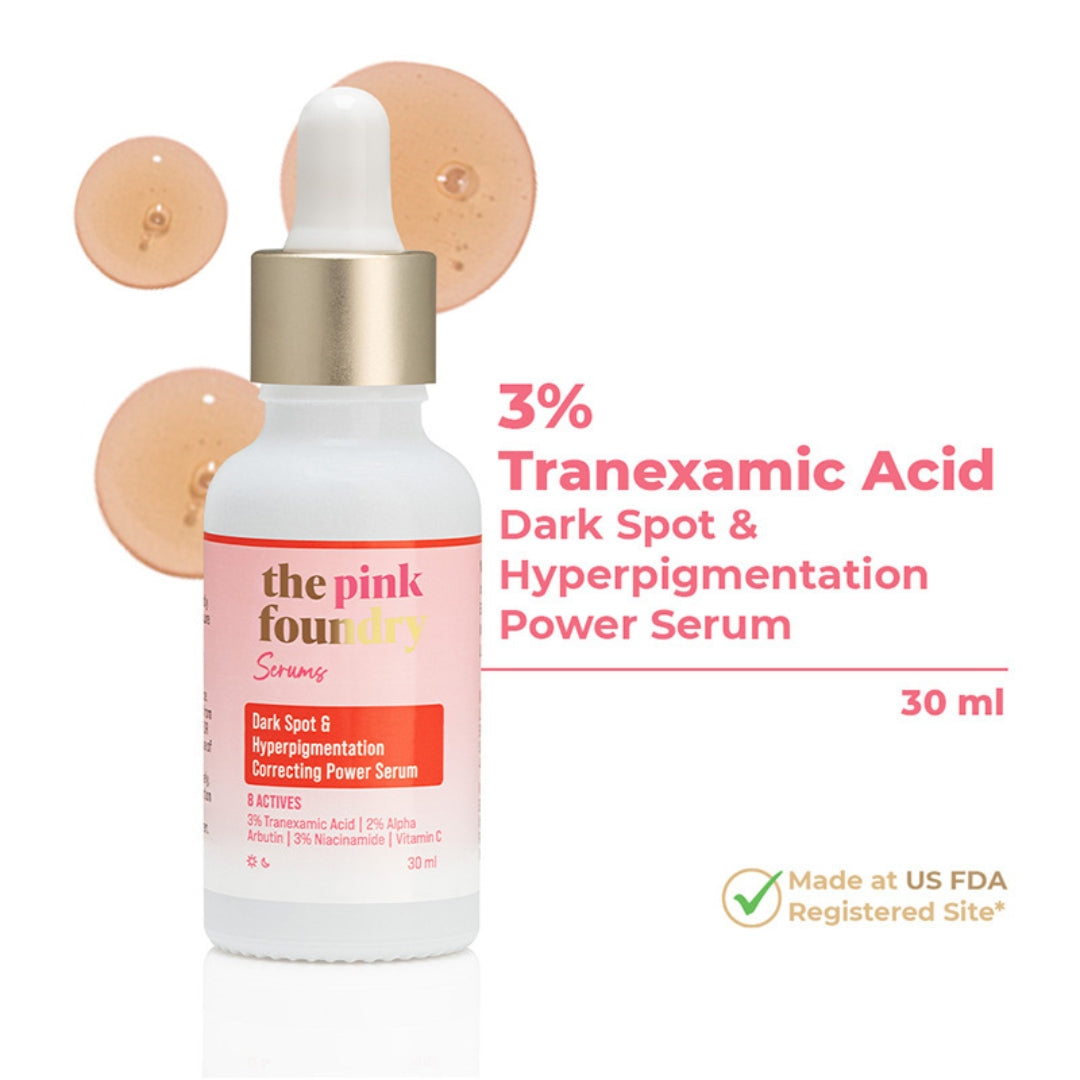
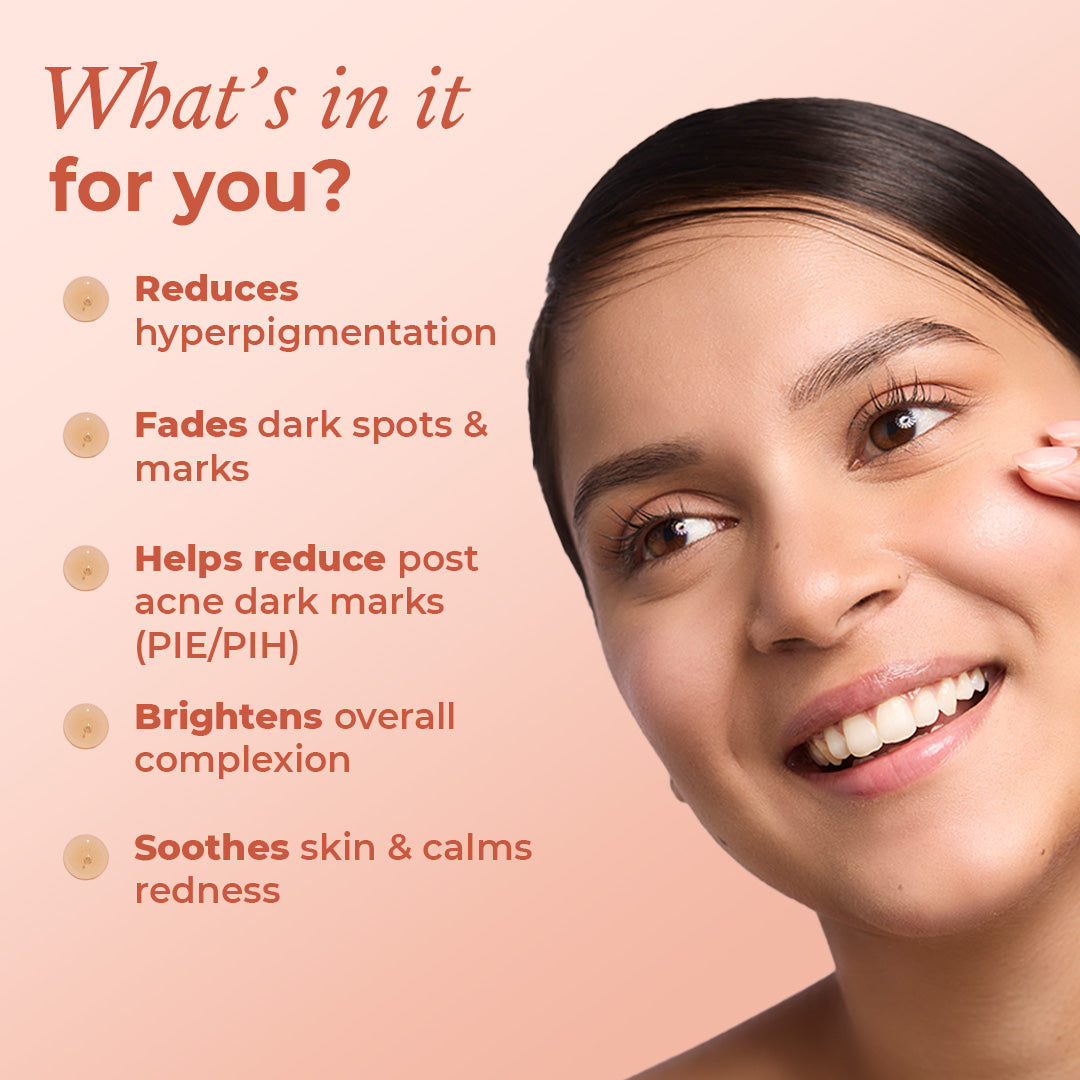
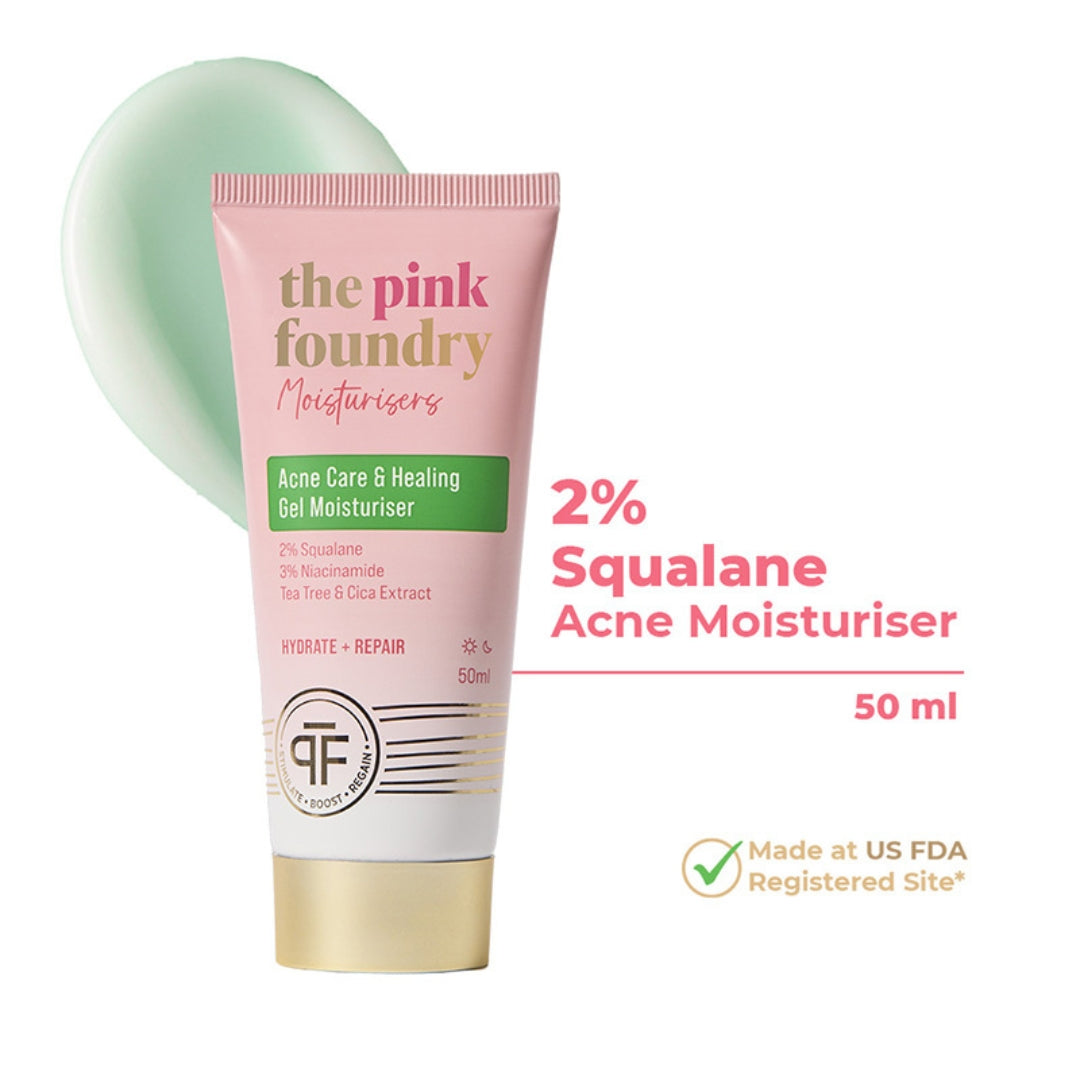
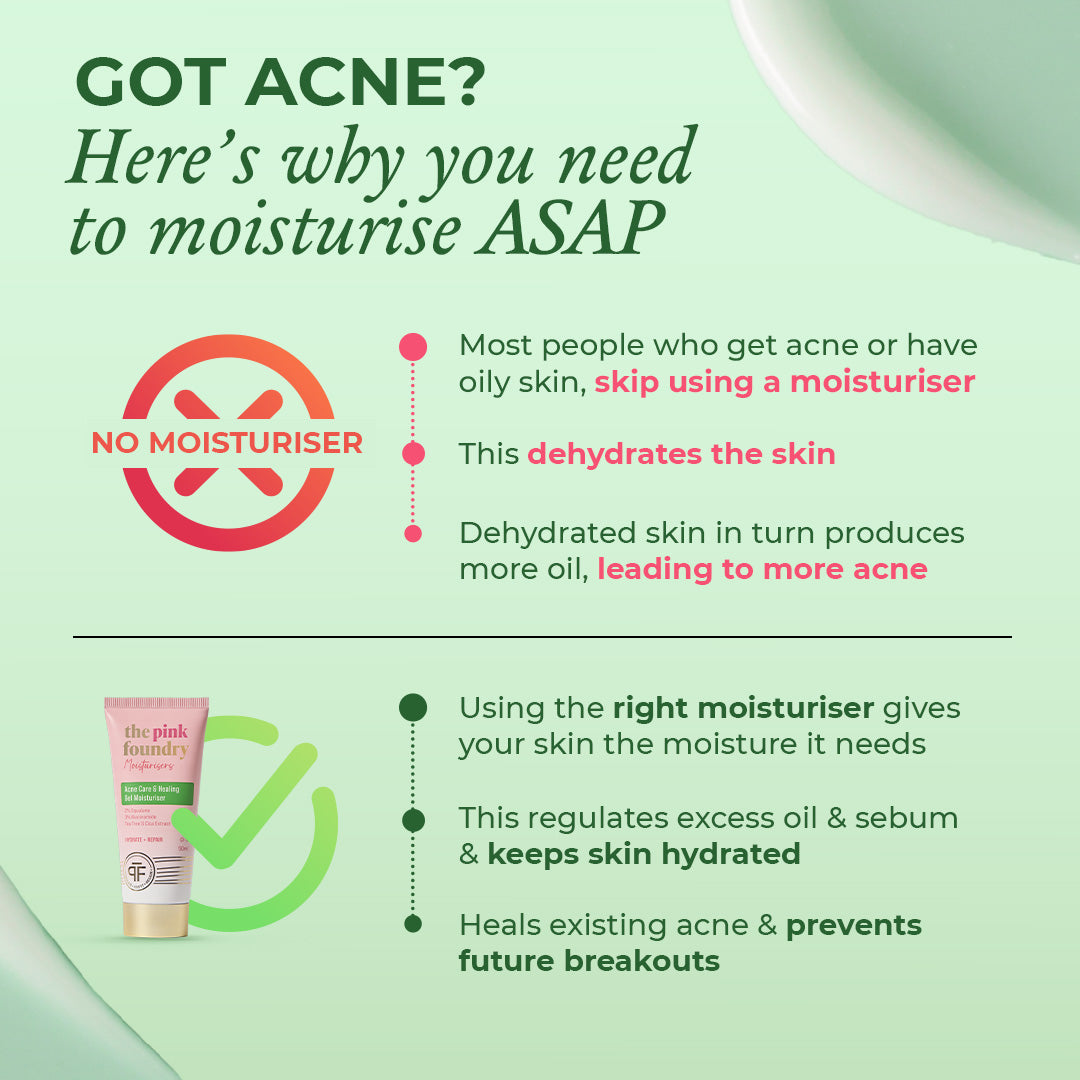
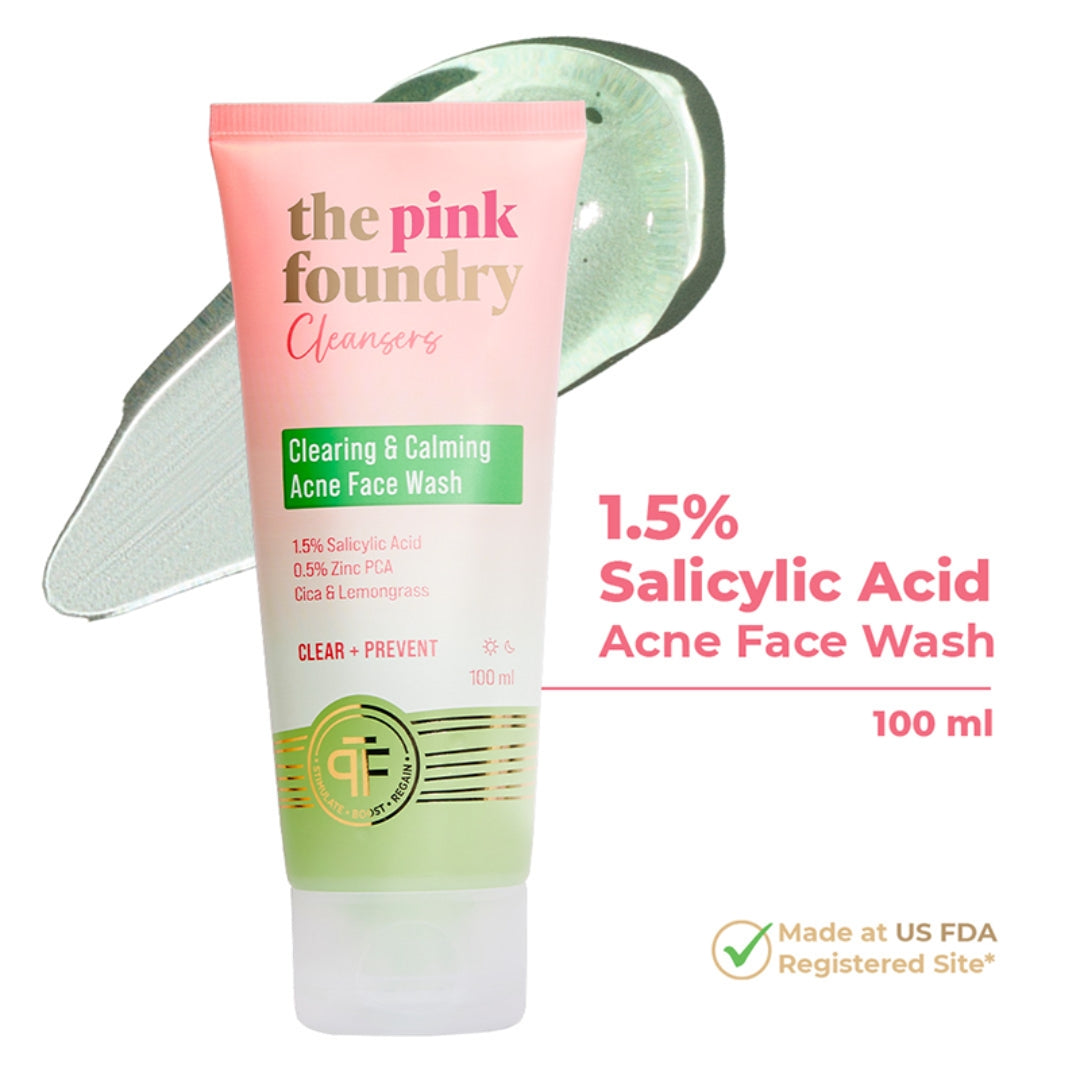
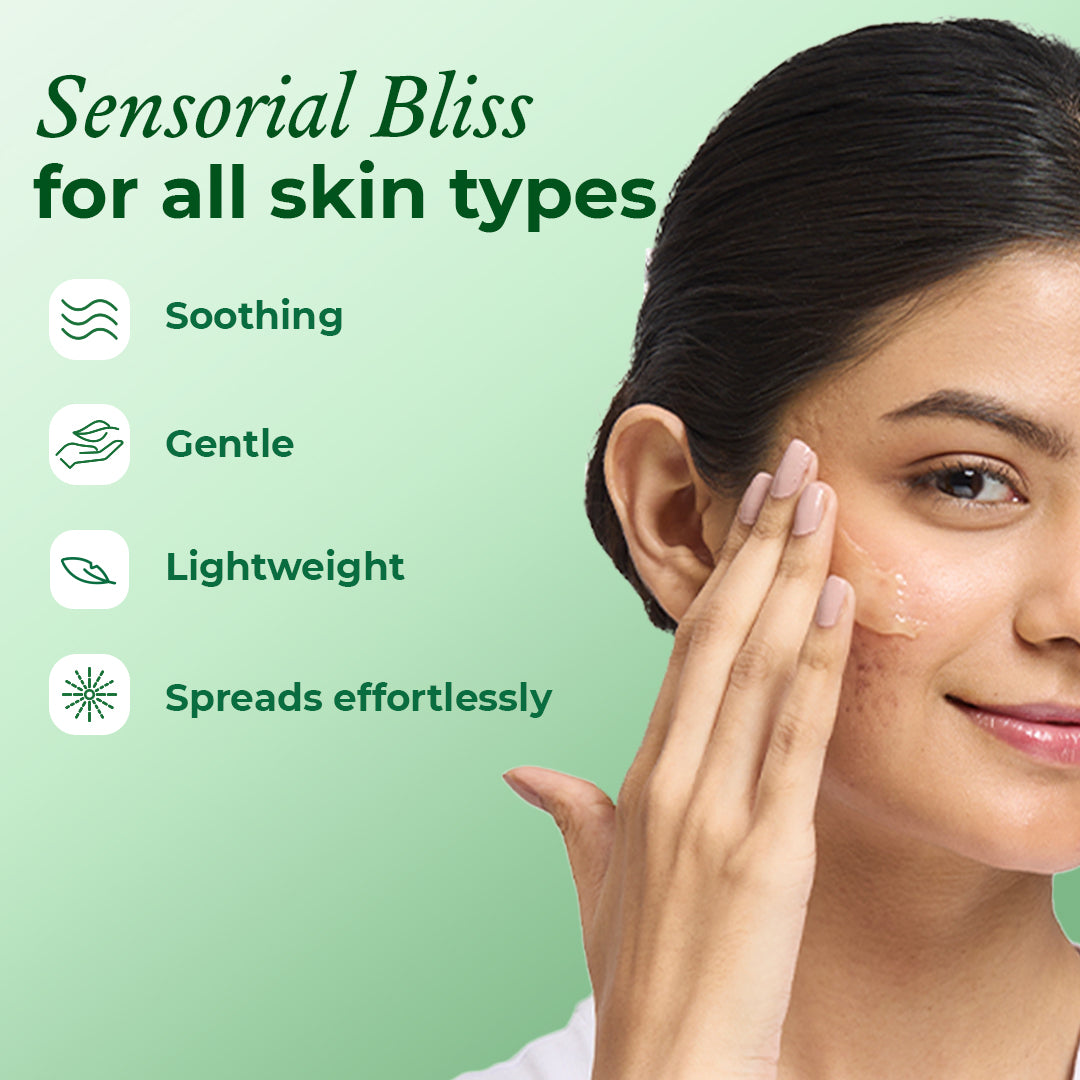
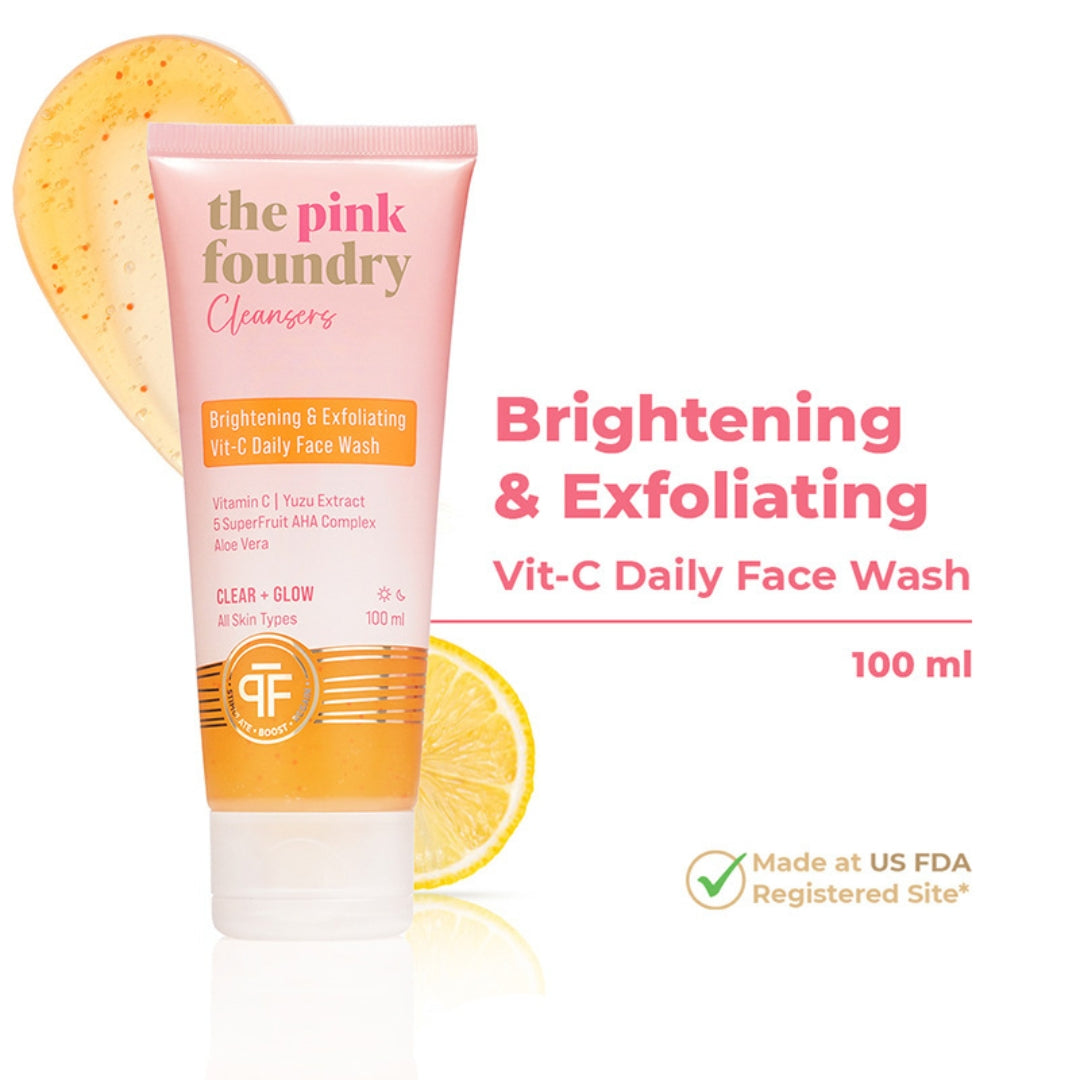
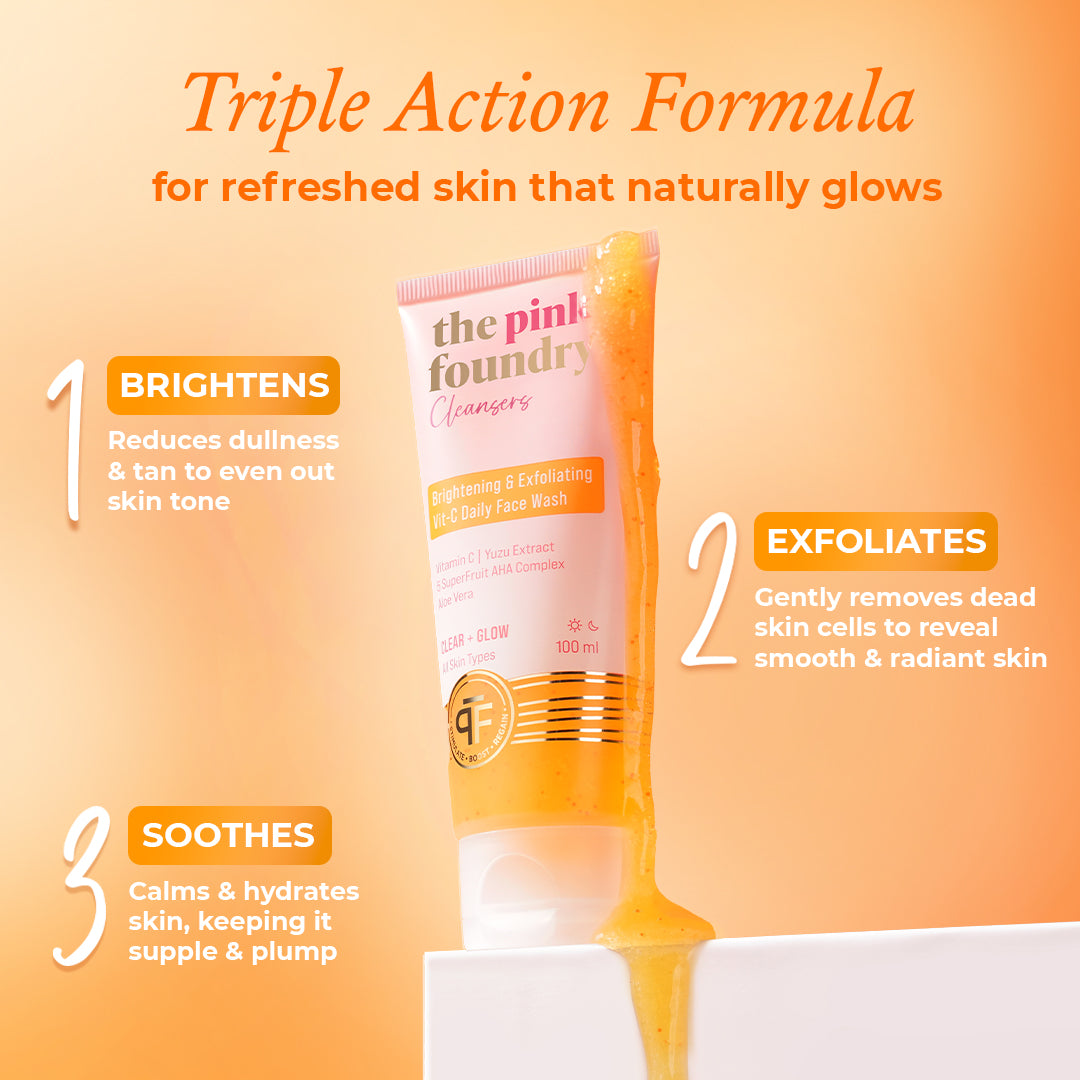
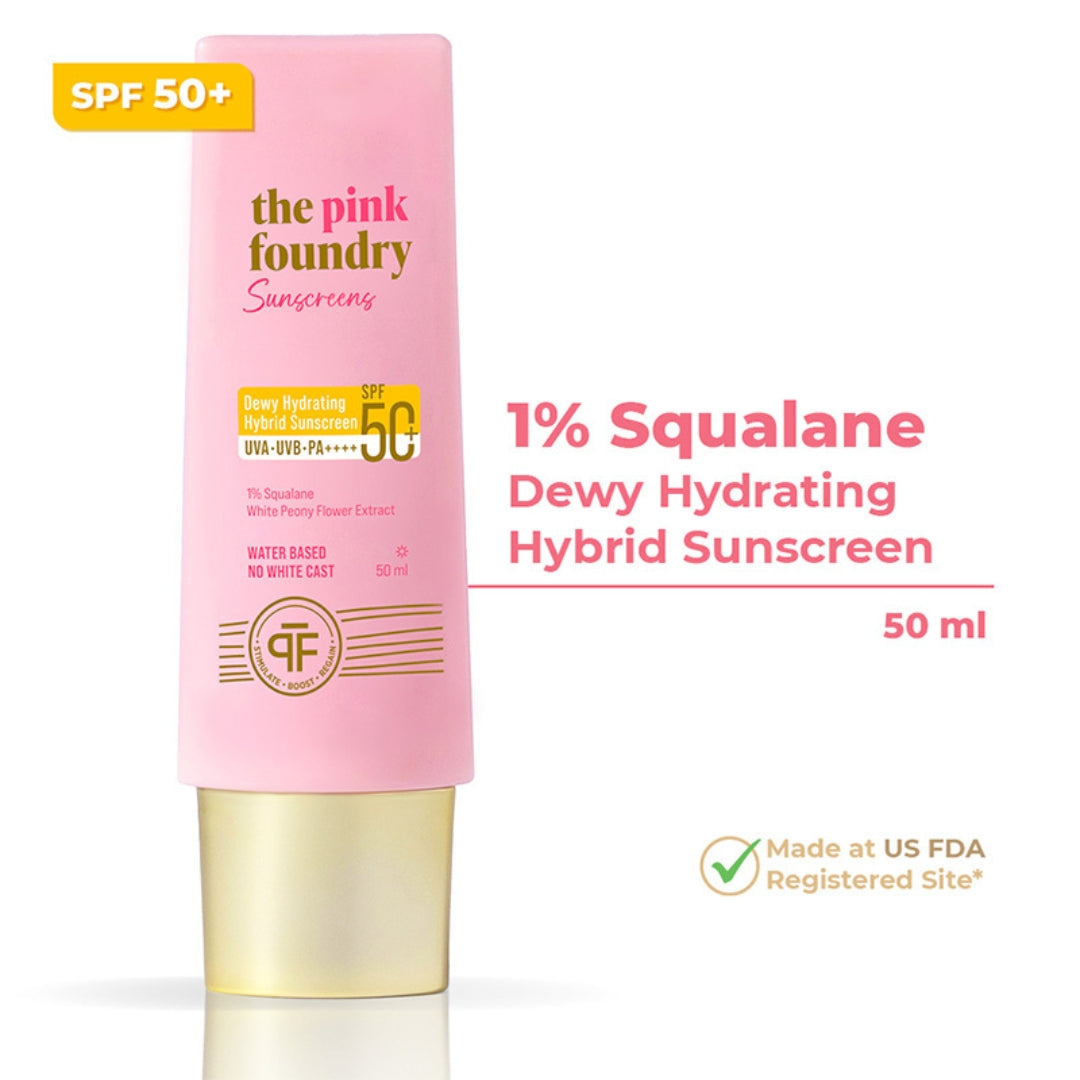
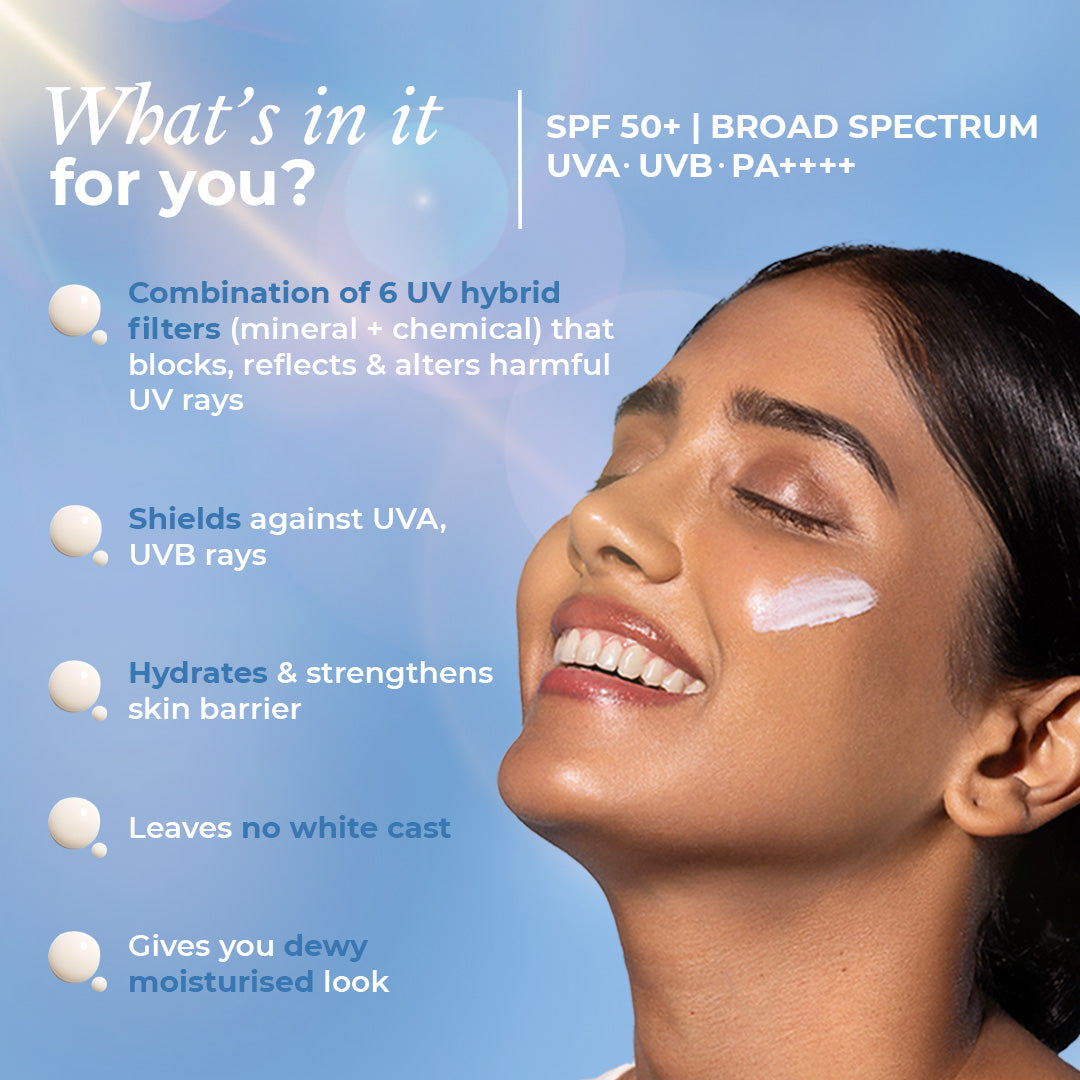
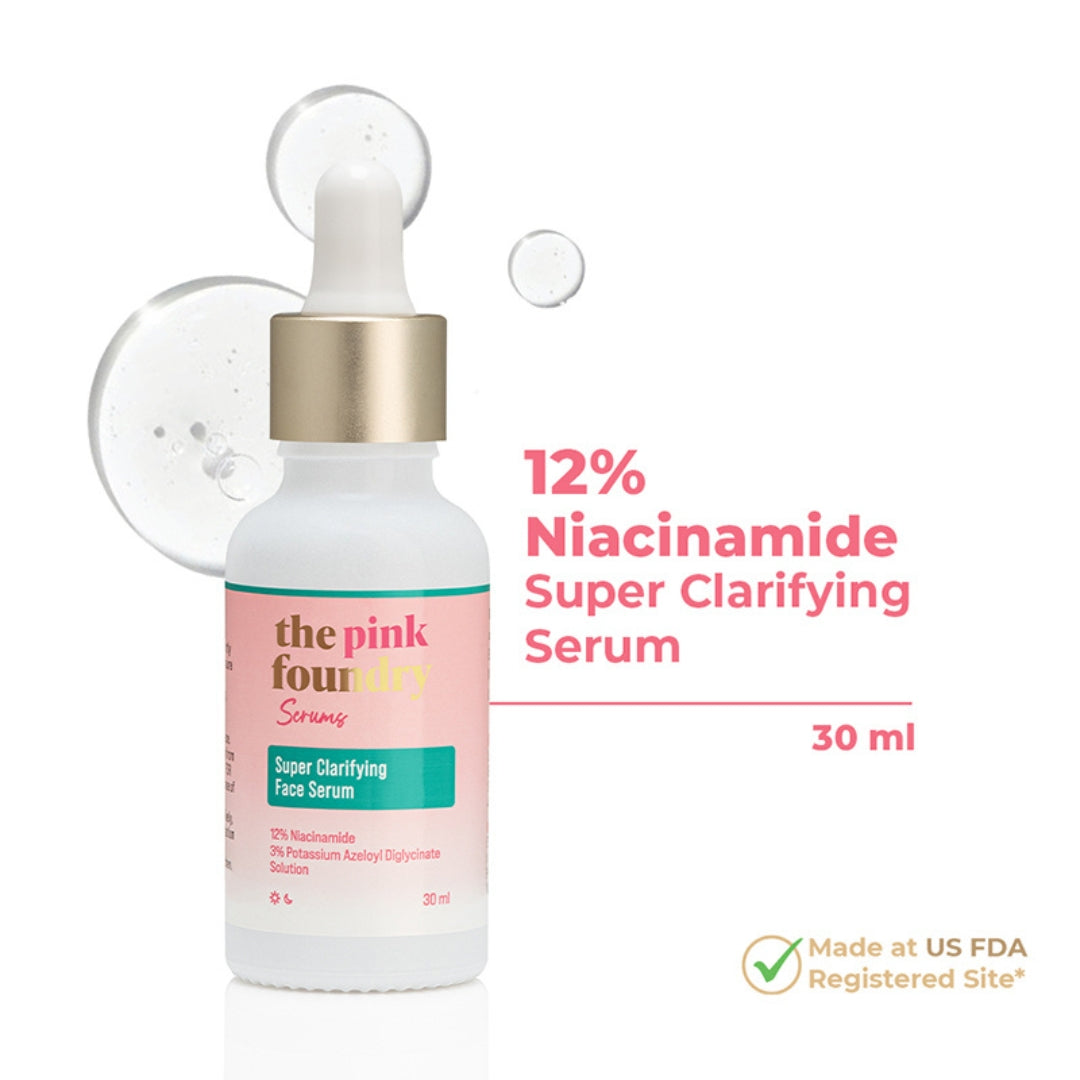
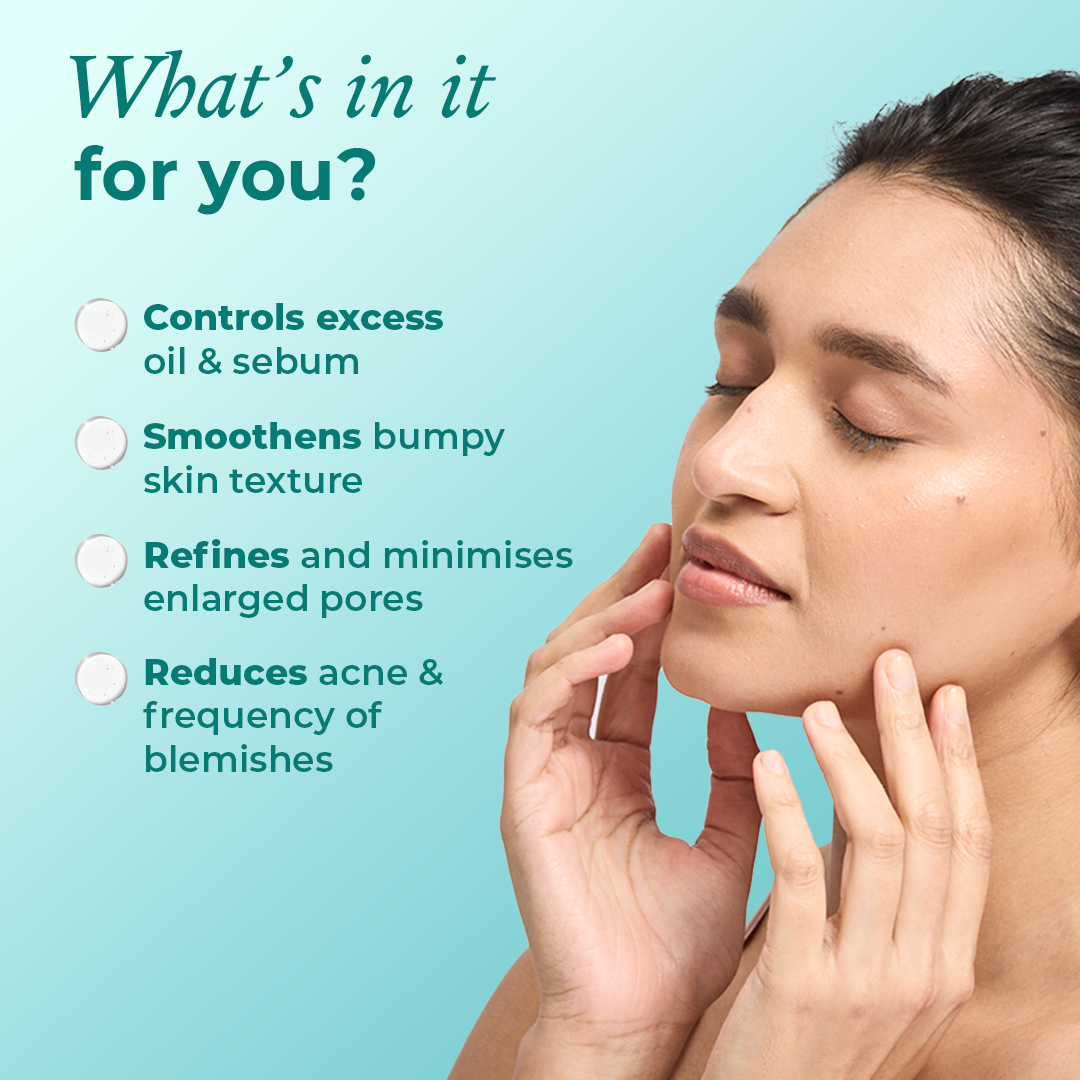
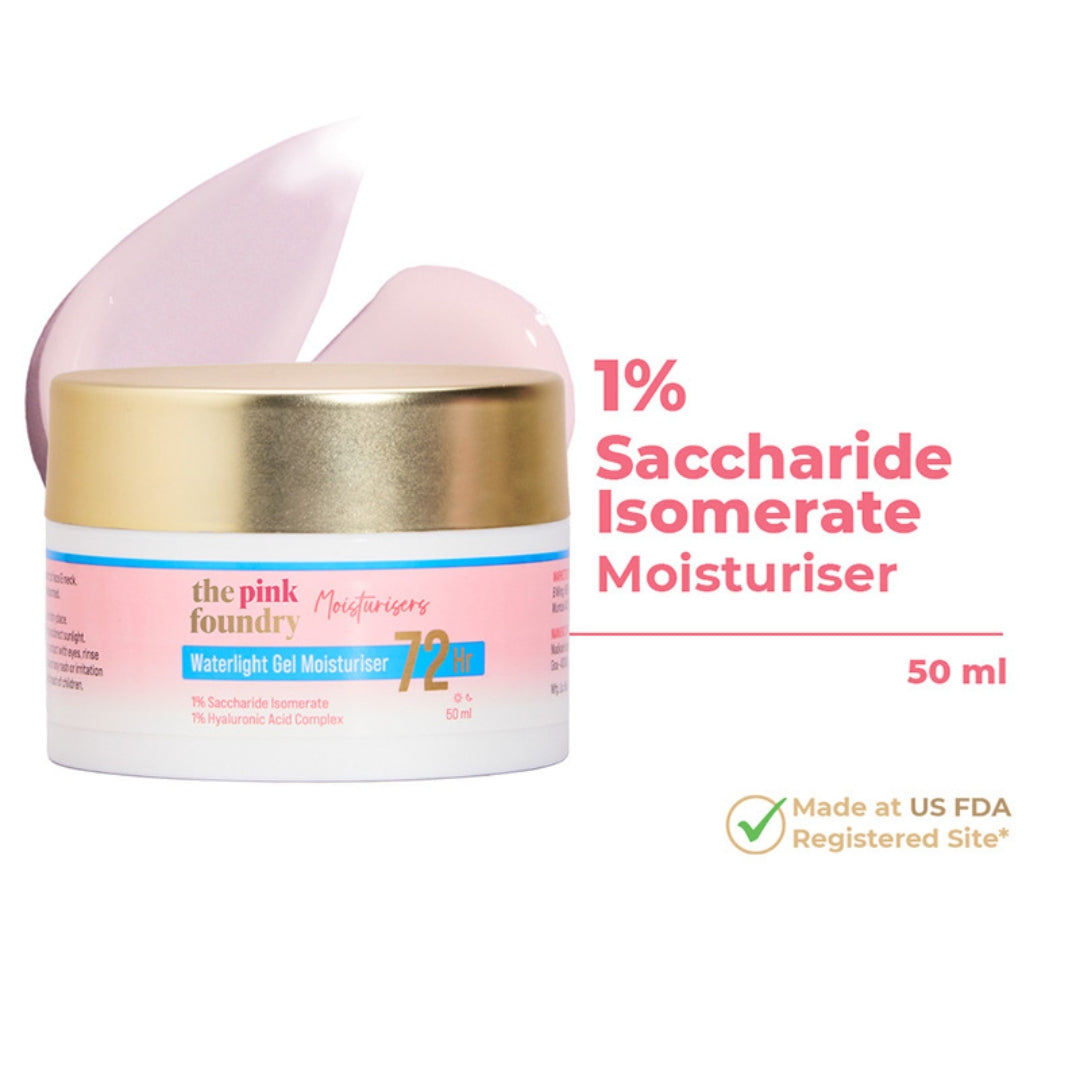
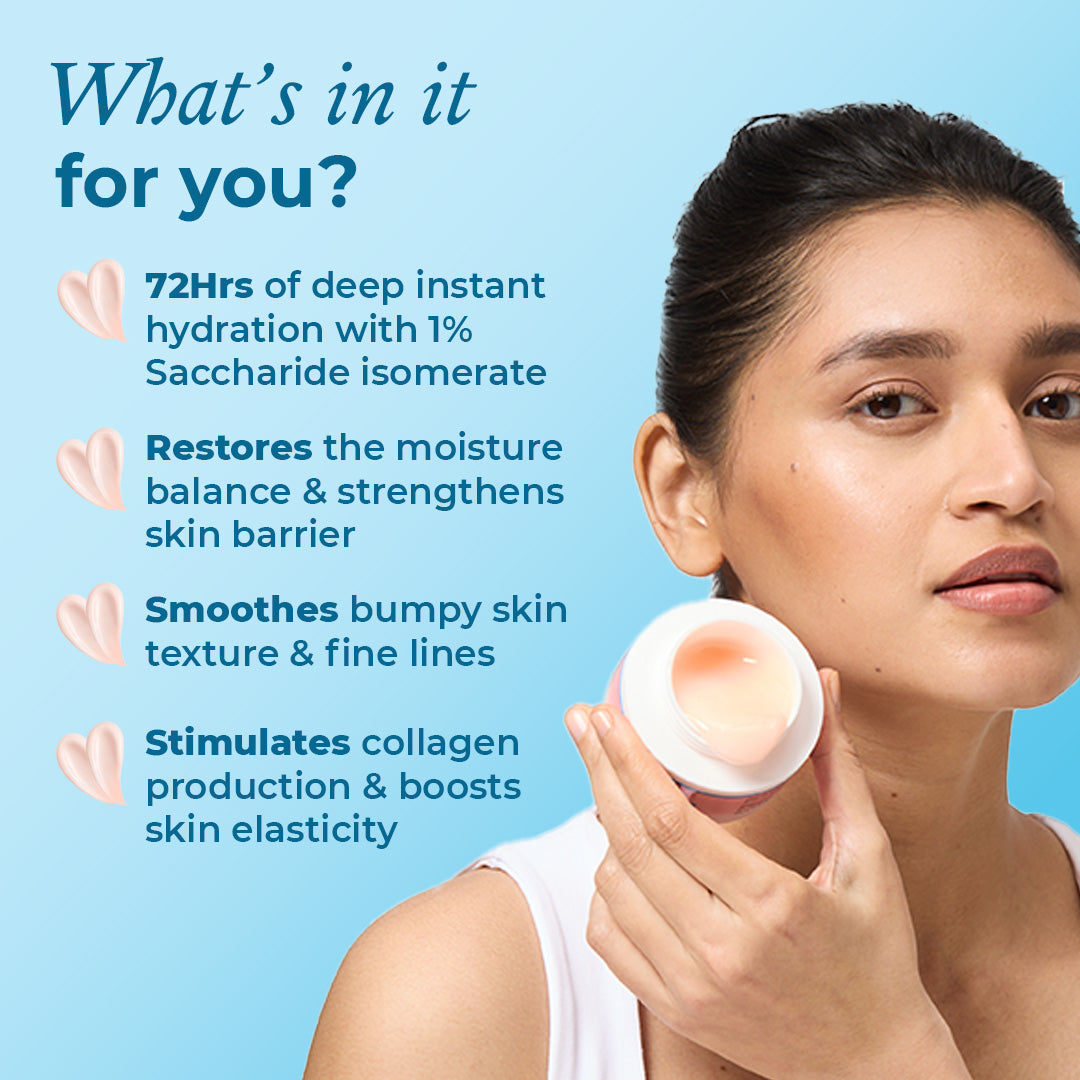




Leave a comment
This site is protected by hCaptcha and the hCaptcha Privacy Policy and Terms of Service apply.